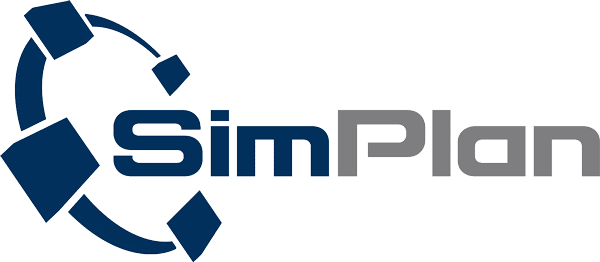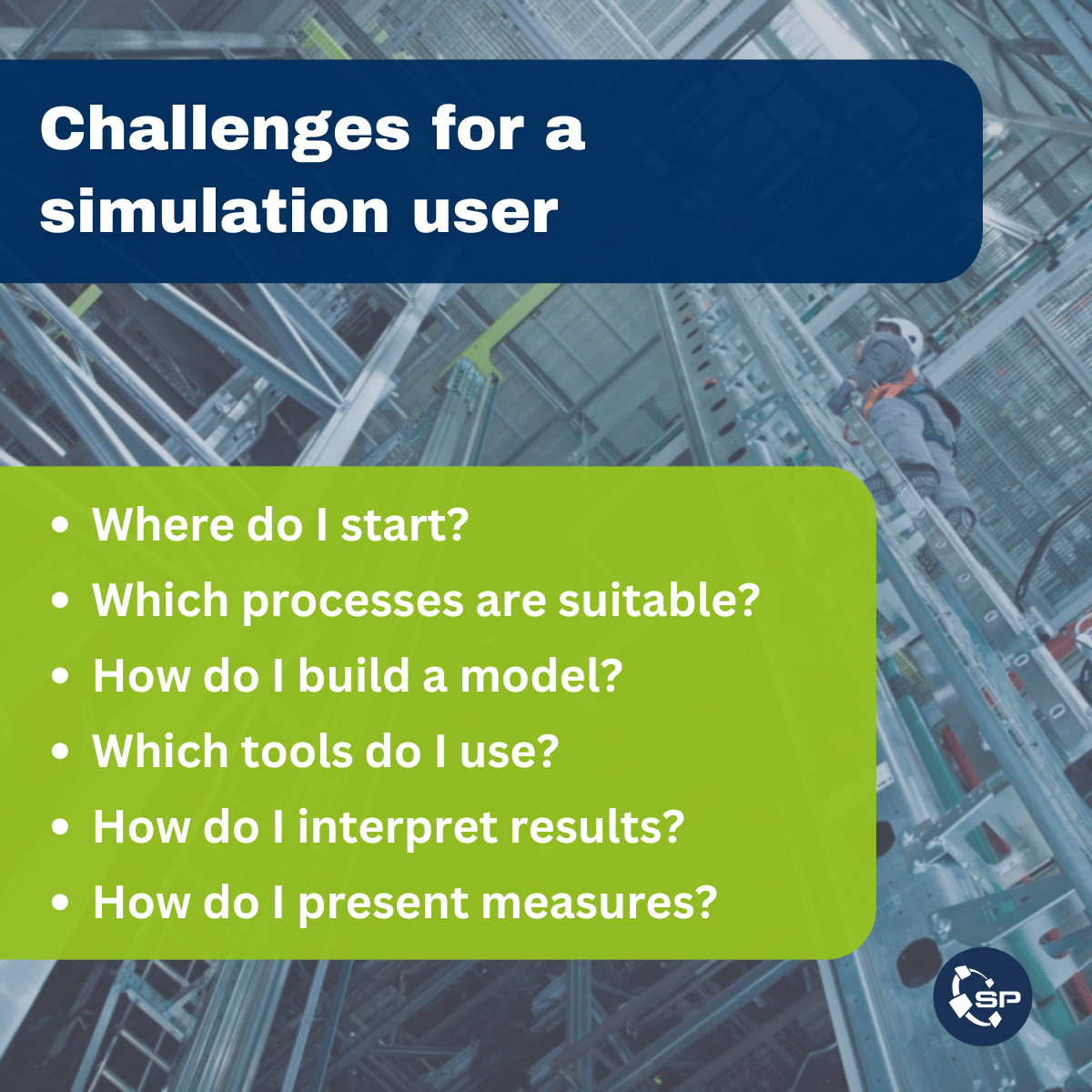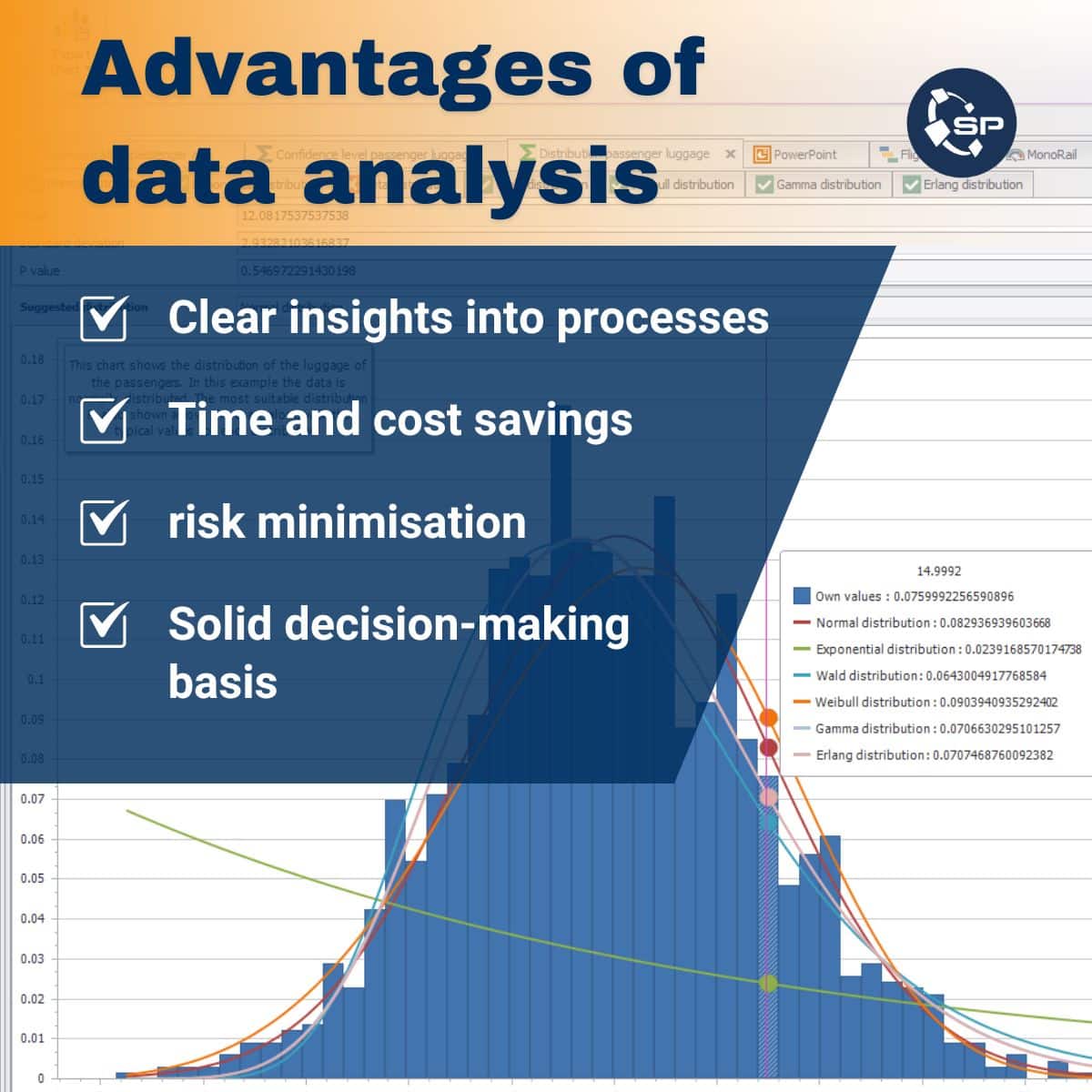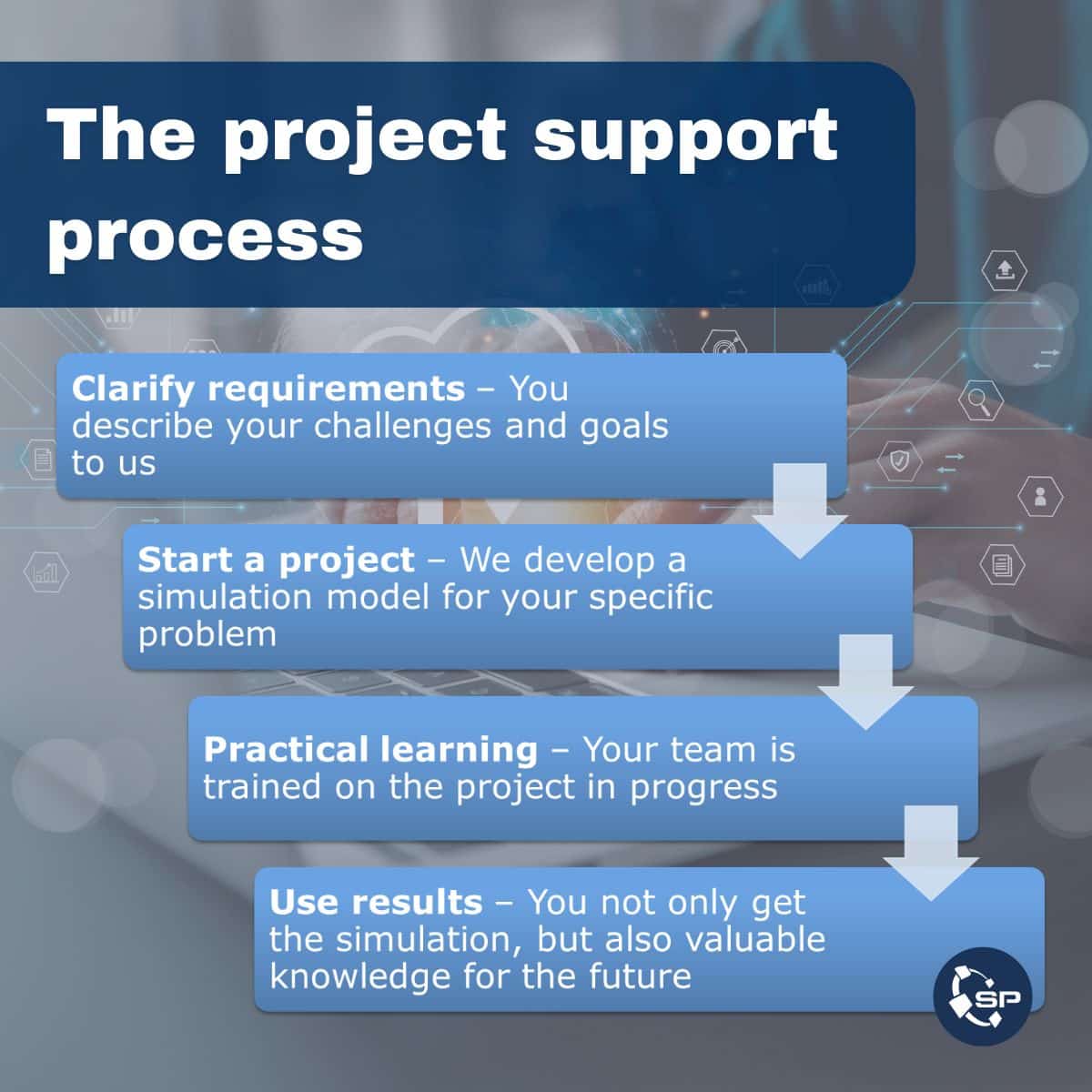Boost efficiency with value stream analysis: optimise processes and reduce waste
In production and logistics, the continuous optimisation of processes is essential. Value stream mapping (VSM) is a proven method for transparently displaying material and information flows and for distinguishing between value-adding and non-value-adding activities. The aim is to identify waste and make processes more efficient.
The value stream mapping process involves several steps:
- The starting point is the selection of the product or product family: focusing on specific products or services.
- Recording the current situation: documentation of all current process steps as well as the material and information flows. This can be done manually, e.g. with cards, or digitally, e.g. with apps such as SimVSM.
- Identifying waste: analysis to uncover non-value-adding activities.
- Development of the target state: design of an optimised process with reduced waste.
- Implementation and continuous improvement: implementation of improvements and regular review of processes.
The application of value stream analysis leads to:
- Transparency: Clear visualisation of processes and identification of bottlenecks.
- Increased efficiency: Reduction of throughput times and inventories.
- Improved communication: Fostering of understanding between different departments through a common process view.
For a successful implementation of value stream mapping, companies should:
- Involve employees: Promote training and active participation of the team.
- Use technological tools: Use of digital tools such as SimVSM, which enable mobile and efficient recording and simulation of value streams.
- Establish continuous improvement: Ensure regular review and adjustment of processes.
In summary, value stream mapping is a proven tool for optimising production and logistics processes. Through systematic analysis and visualisation, companies can identify inefficient processes and improve them in a targeted manner.
However, VSM does not capture any dynamic interactions, such as the influence of buffer sizes or setup times.
This is where simulation comes in: With SimVSM, process parameters can be flexibly adjusted and their effects on key figures can be directly analysed. Without specialised simulation knowledge, scenarios can be run through in seconds – with meaningful diagrams and real-time results. This provides companies with a sound basis for decision-making for sustainable process improvements.
For more information, please contact us.
Visit us at the LogiMAT trade fair in Stuttgart or at the LATC organised by the Lean Knowledge Base in Mannheim and experience SimVSM live in action.




